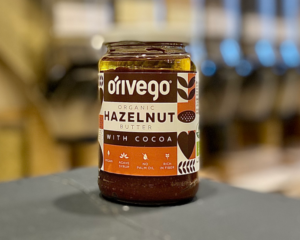Organic coriander seeds
From 1.80€
Despite its worldwide popularity as a culinary spice, coriander can be one of the most underrated herbs. Most people know coriander by its Spanish name cilantro and either love it or hate it. Its aromatic scent is one of its many charms.
Coriandrum sativum has long been part of our cultural heritage. Coriander is thought to have originated in the Middle East and the Mediterranean and can be found in regional cuisines around the world. It belongs to the Umbelliferae (Apiaceae) plant family, has slender stems and beautiful white or pale pink flowers, and all parts of the plant are edible (young leaves and mature seeds). The plant itself is wonderfully tender, with a bright, rustic spring flavour. It is also known as Chinese parsley and dhanyaka means “rich” in Sanskrit.
Although coriander grows all over the world, it doesn’t really like the heat. It is an annual plant with a relatively short growing season, as it prefers cooler temperatures in spring and autumn. Located in light, well-drained soil in full sun, the plant self-sows and resprouts the following spring.
Uses and benefits of coriander:
Historically and traditionally, coriander has been used to relieve digestive ailments.
It is used in Ayurveda as a medicinal plant. In Ayurvedic terms, coriander is considered both a warming and cooling herb, depending on the part of the plant used. The leaves are said to be cooling and can be used to make juice or broth, which is used to soothe mild skin irritations, while the seeds are slightly warming, which can aid digestion, nutrient absorption and toxin elimination.
Although coriander is mostly known for its strong affinity and digestive benefits, it can also be beneficial for the urinary tract and lungs, helping to remove heat and the resulting mucus.
Coriander for dinner! Coriander seeds can be used whole or ground into powder as a flavouring.
The recipe for tea:
Fennel seeds, cumin seeds and coriander seeds are useful for digestion and detoxification.
The full recipe can be found here.
100% organic coriander seeds
-
Store in a dry, cool place, tightly closed and protected from moisture.













